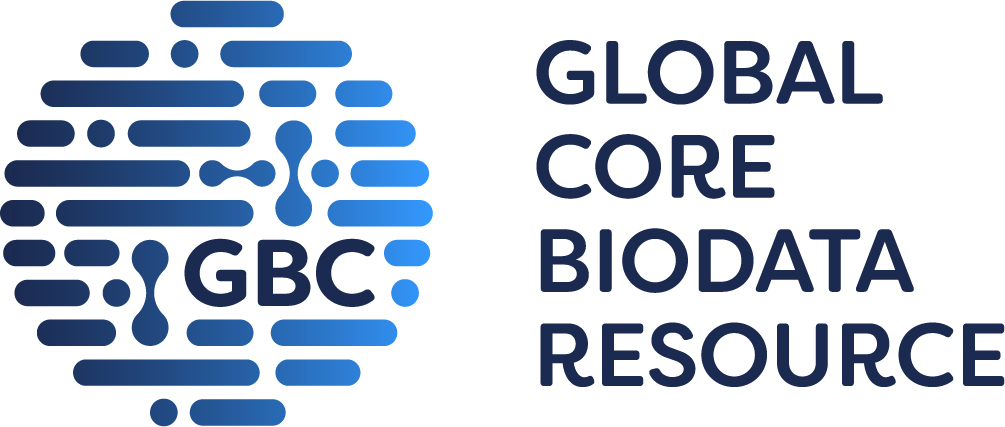
GtoPdb is requesting financial support from commercial users. Please see our sustainability page for more information.
Maxi chloride channel C
Unless otherwise stated all data on this page refer to the human proteins. Gene information is provided for human (Hs), mouse (Mm) and rat (Rn).
Overview
Maxi Cl- channels are high conductance, anion selective, channels initially characterised in skeletal muscle and subsequently found in many cell types including neurones, glia, cardiac muscle, lymphocytes, secreting and absorbing epithelia, macula densa cells of the kidney and human placenta syncytiotrophoblasts [9]. The physiological significance of the maxi Cl- channel is uncertain, but roles in cell volume regulation and apoptosis have been claimed. Evidence suggests a role for maxi Cl- channels as a conductive pathway in the swelling-induced release of ATP from mouse mammary C127i cells that may be important for autocrine and paracrine signalling by purines [4,8]. A similar channel mediates ATP release from macula densa cells within the thick ascending of the loop of Henle in response to changes in luminal NaCl concentration [2]. A family of human high conductance Cl- channels (TTYH1-3) that resemble Maxi Cl- channels has been cloned [11], but alternatively, Maxi Cl- channels have also been suggested to correspond to the voltage-dependent anion channel, VDAC, expressed at the plasma membrane [1,5].
Channels and Subunits
|
Maxi Cl- C Show summary » |
Comments
How to cite this family page
Database page citation:
Maxi chloride channel. Accessed on 18/12/2025. IUPHAR/BPS Guide to PHARMACOLOGY, http://www.guidetopharmacology.org/GRAC/FamilyDisplayForward?familyId=131.
Concise Guide to PHARMACOLOGY citation:
Alexander SPH, Mathie AA, Peters JA, Veale EL, Striessnig J, Kelly E, Armstrong JF, Faccenda E, Harding SD, Davies JA et al. (2023) The Concise Guide to PHARMACOLOGY 2023/24: Ion channels. Br J Pharmacol. 180 Suppl 2:S145-S222.








Differing ionic conditions may contribute to variable estimates of γ reported in the literature. Inhibition by arachidonic acid (and cis-unsaturated fatty acids) is voltage-independent, occurs at an intracellular site, and involves both channel shut down (Kd = 4-5 µM) and a reduction of γ (Kd = 13-14 µM). Blockade of channel activity by SITS, DIDS, Gd3+ and arachidonic acid is paralleled by decreased swelling-induced release of ATP [4,8]. Channel activation by anti-oestrogens in whole cell recordings requires the presence of intracellular nucleotides and is prevented by pre-treatment with 17β-estradiol, bucladesine, or intracellular dialysis with GDPβS [3]. Activation by tamoxifen is suppressed by low concentrations of okadaic acid, suggesting that a dephosphorylation event by protein phosphatase PP2A occurs in the activation pathway [3]. In contrast, 17β-estradiol and tamoxifen appear to directly inhibit the maxi Cl- channel of human placenta reconstituted into giant liposomes and recorded in excised patches [7].